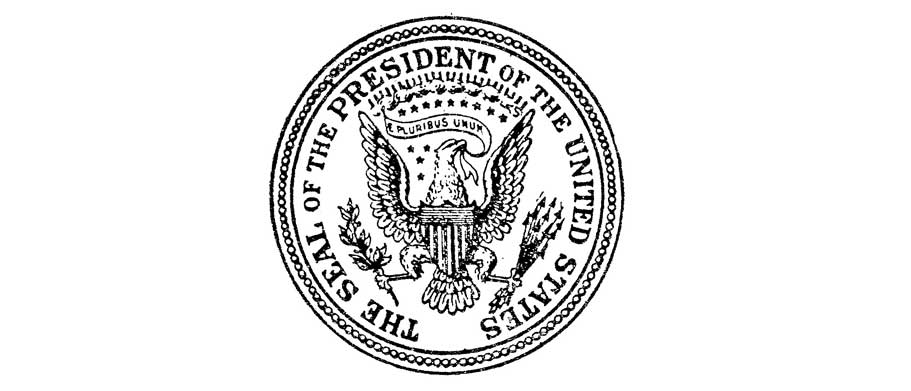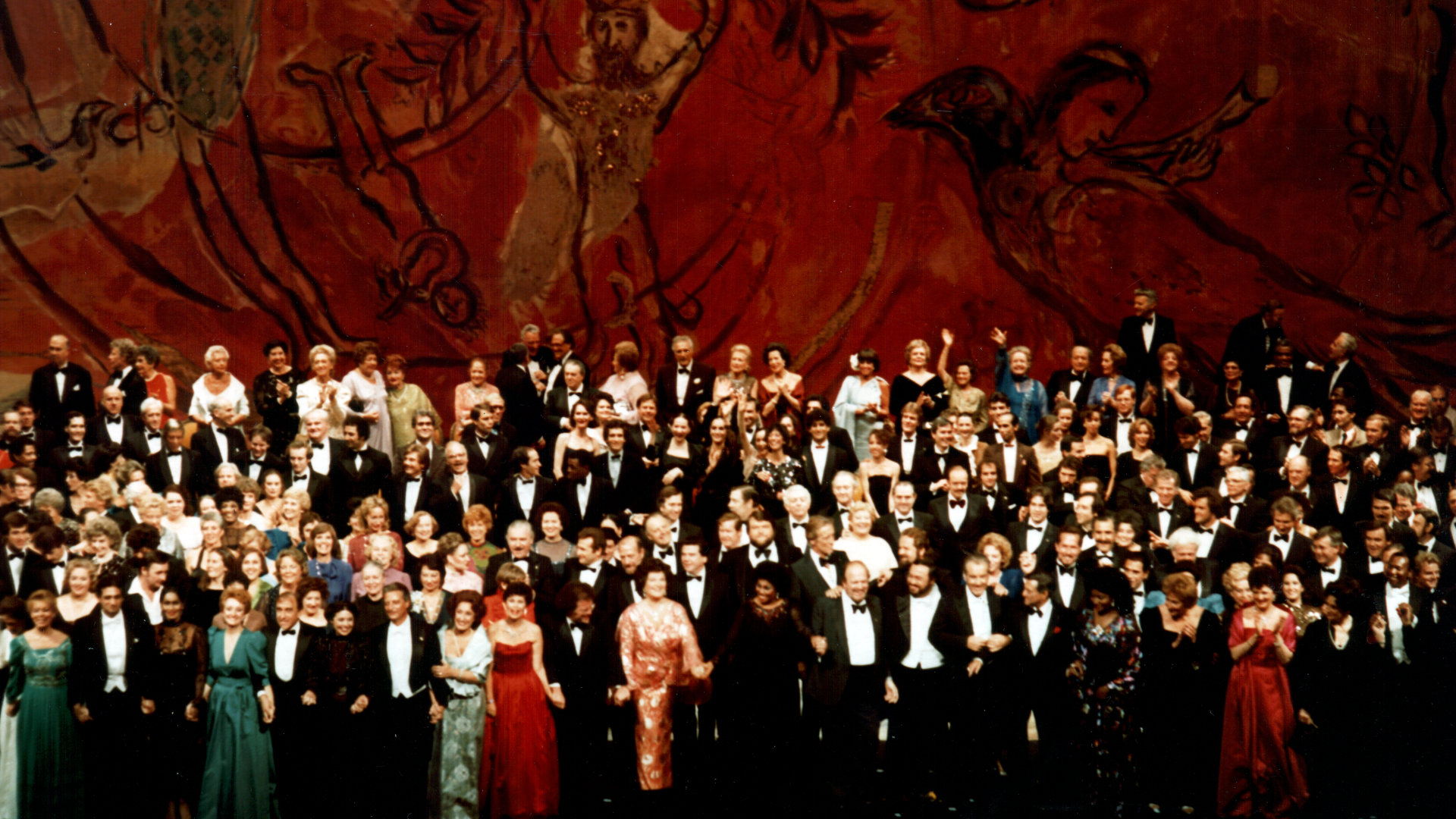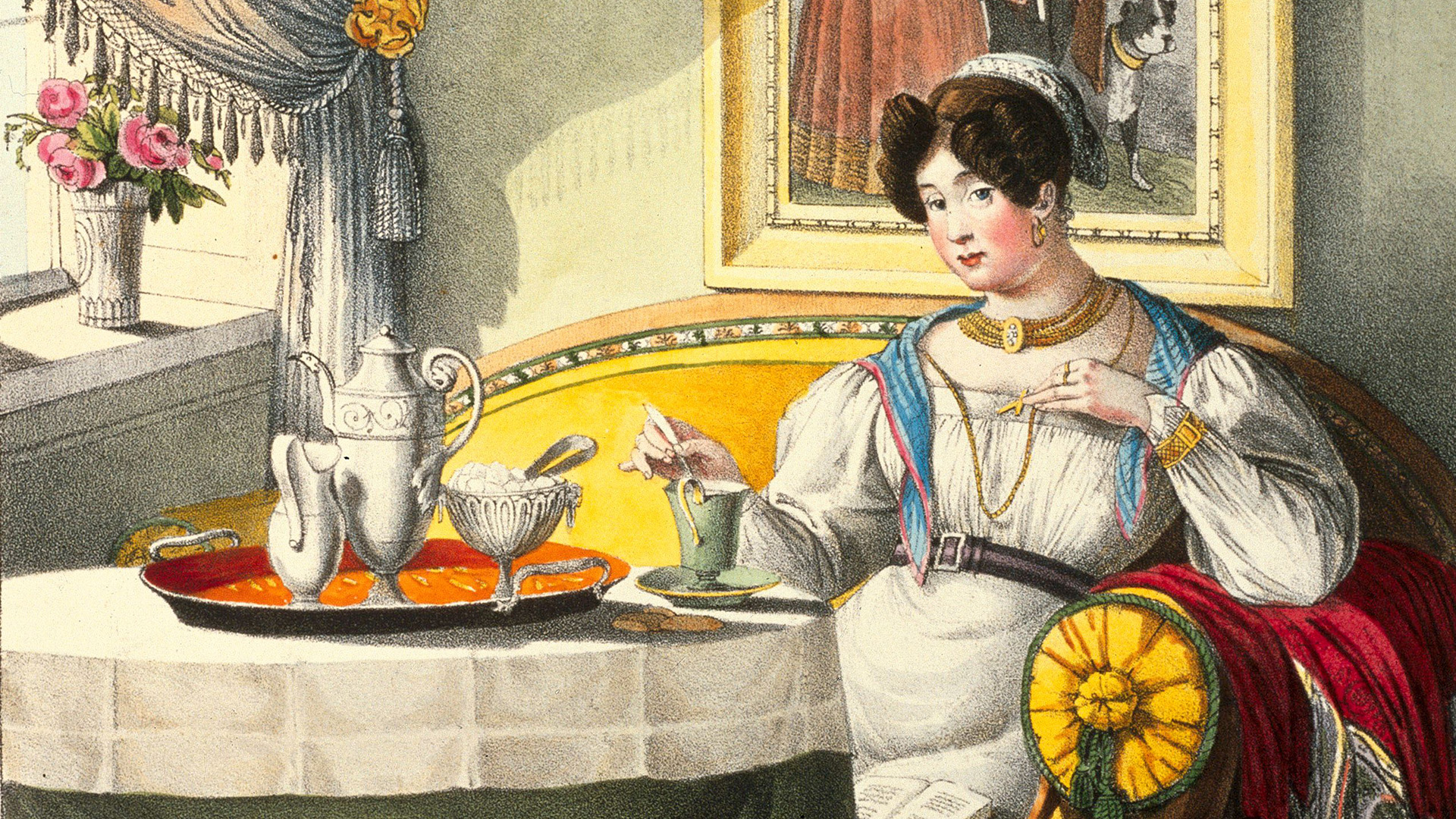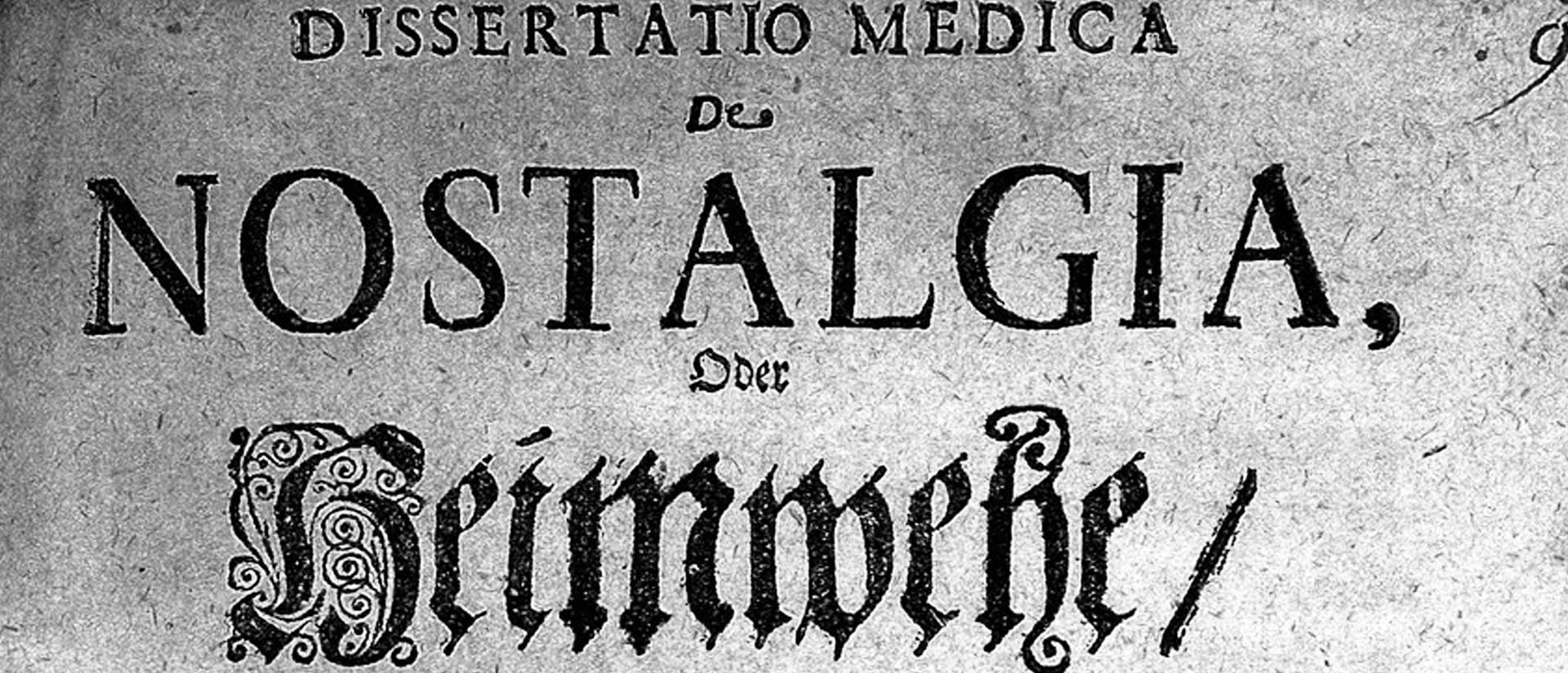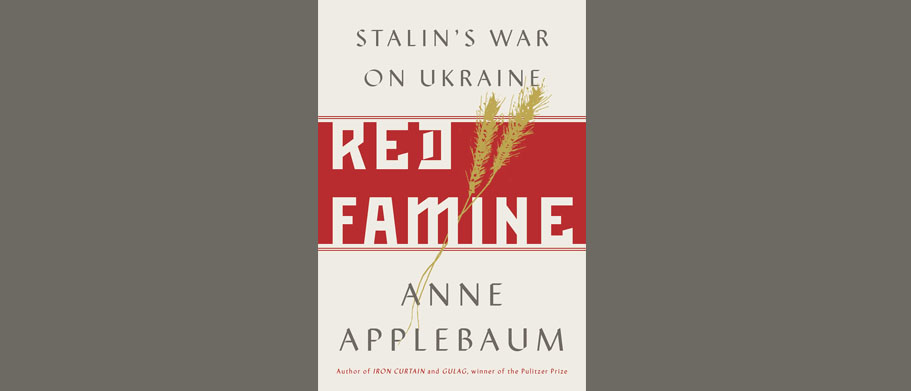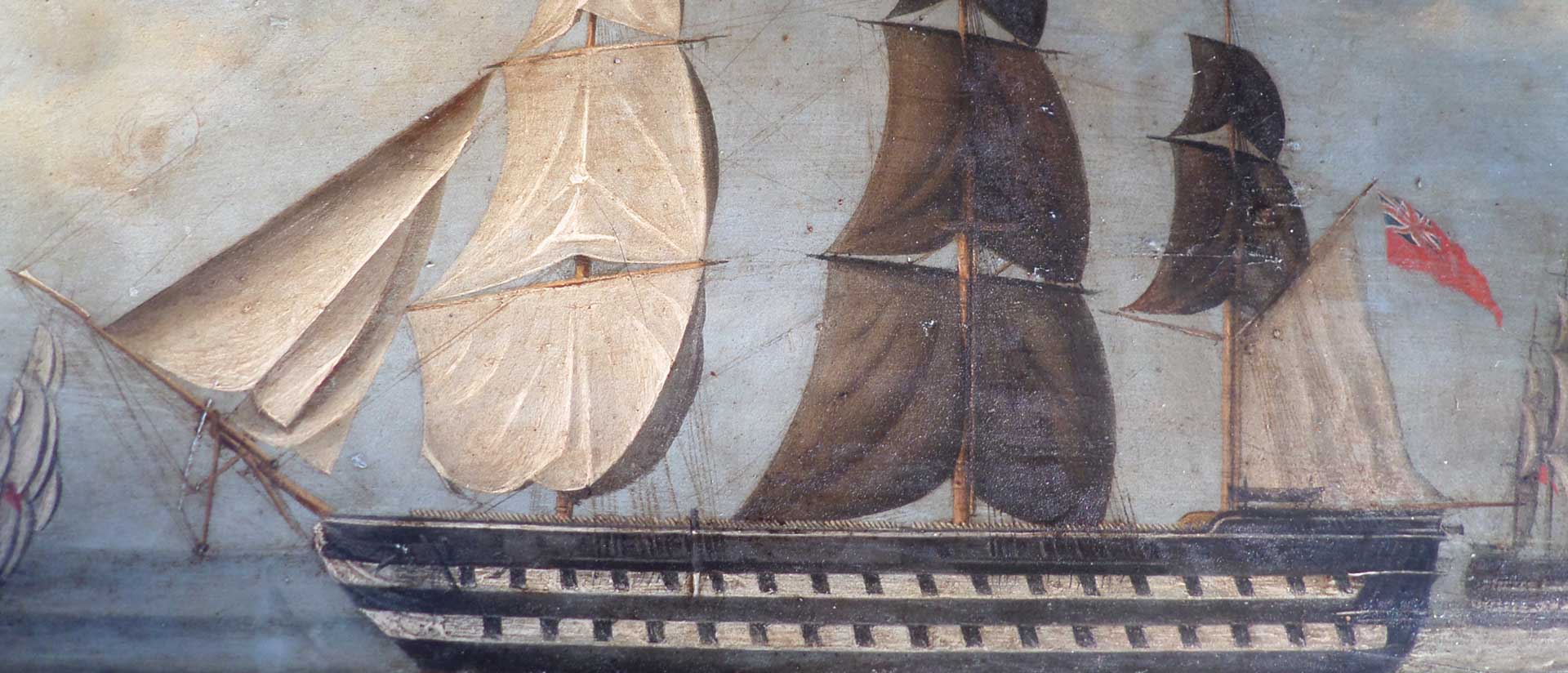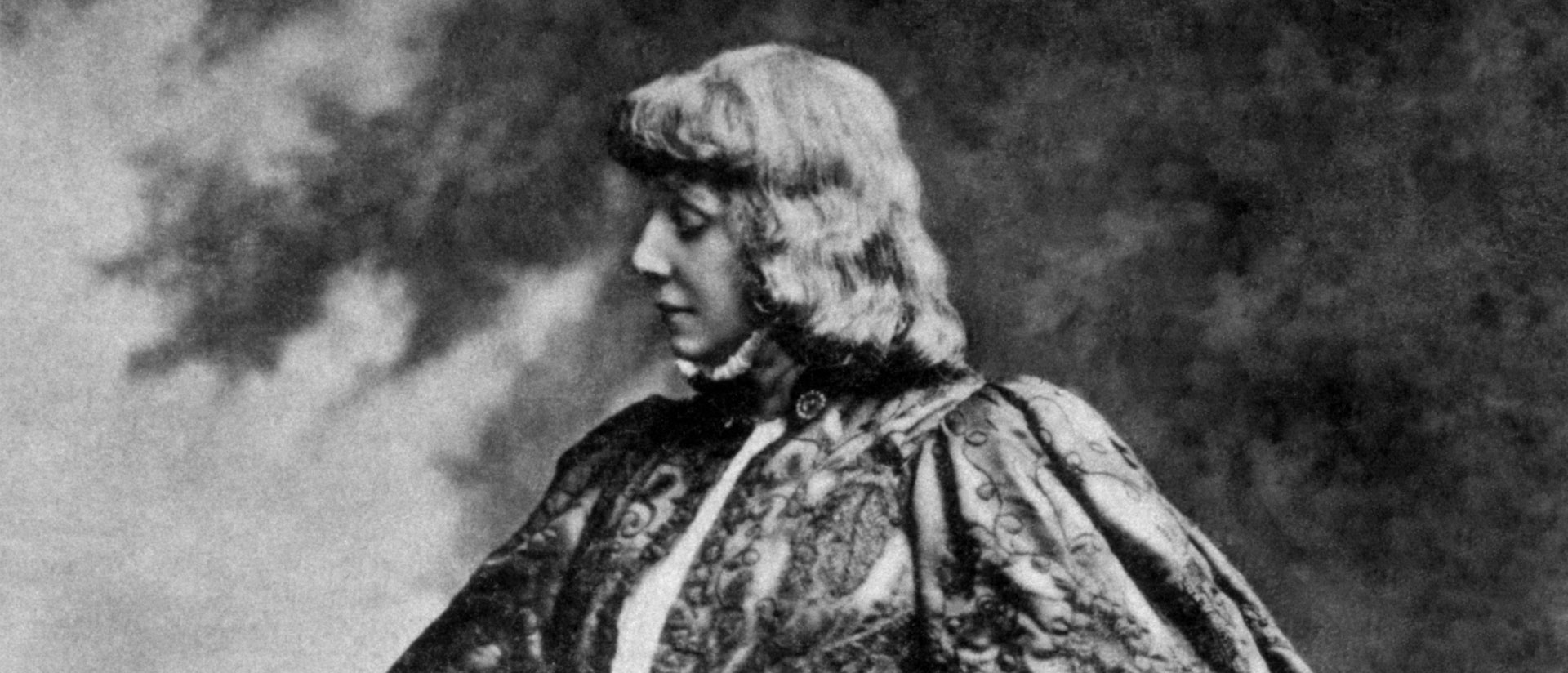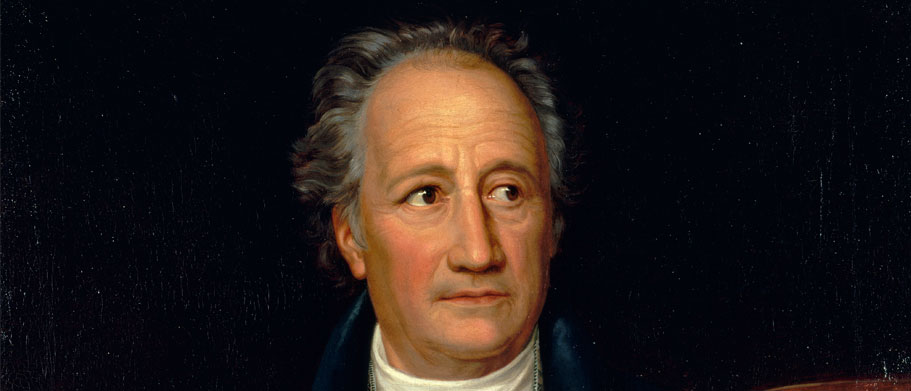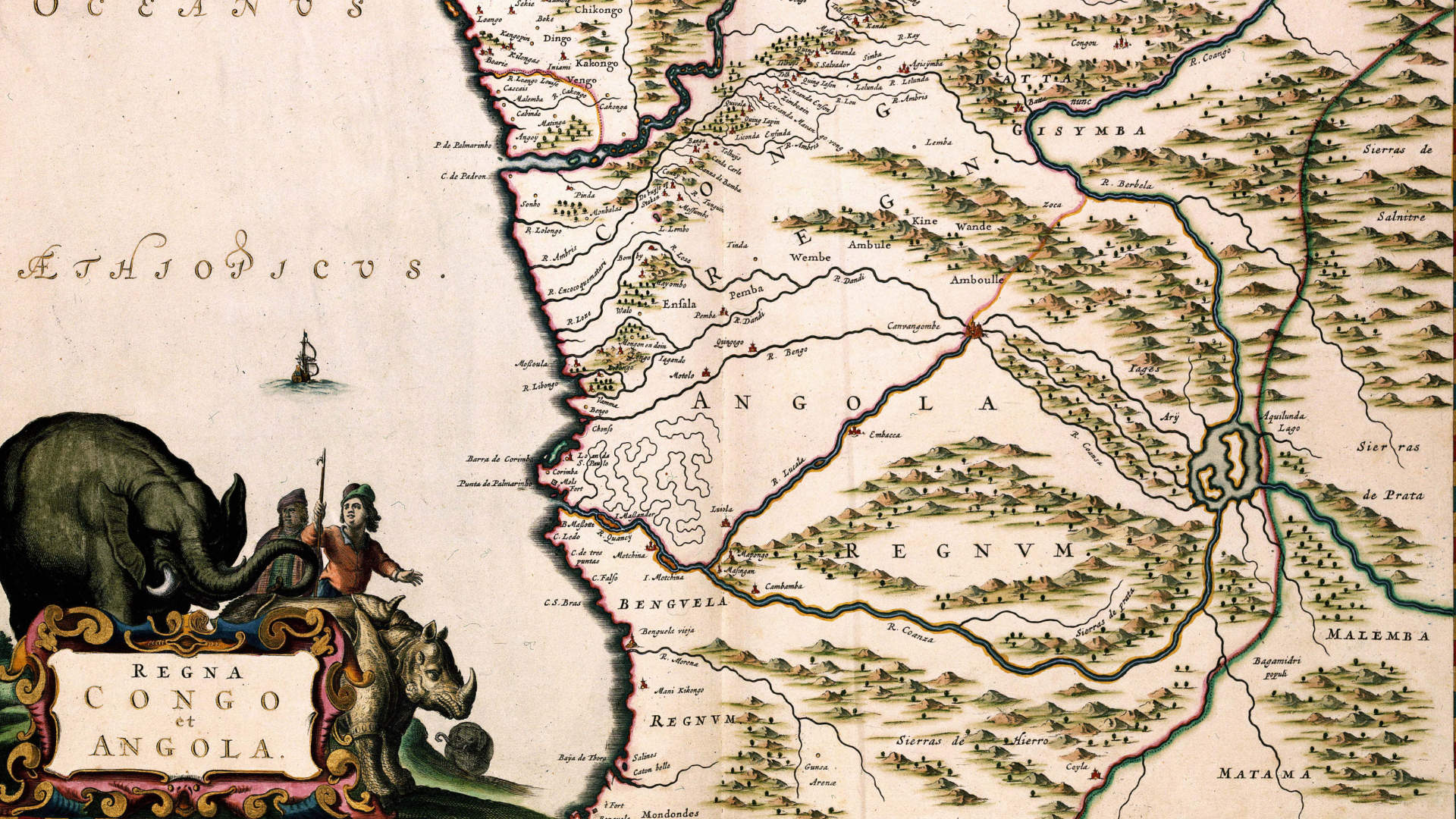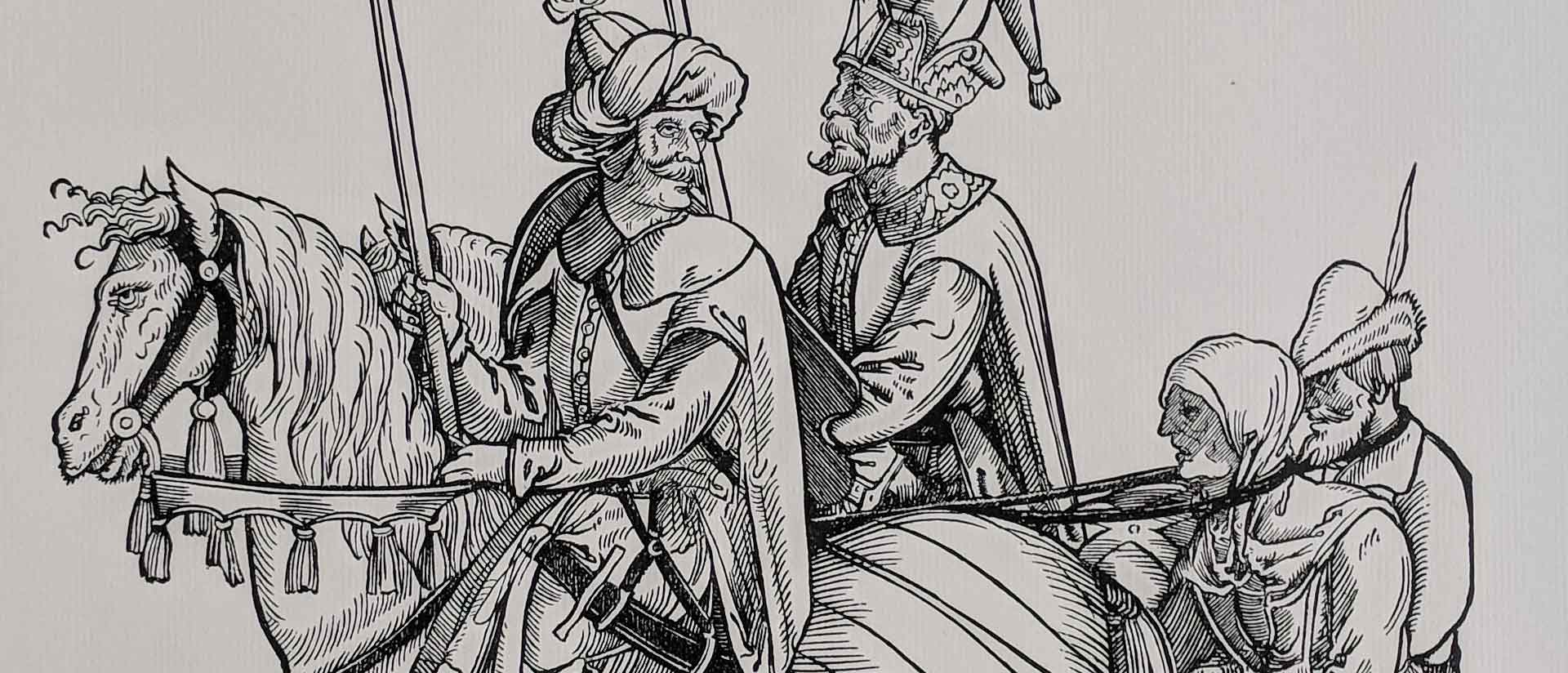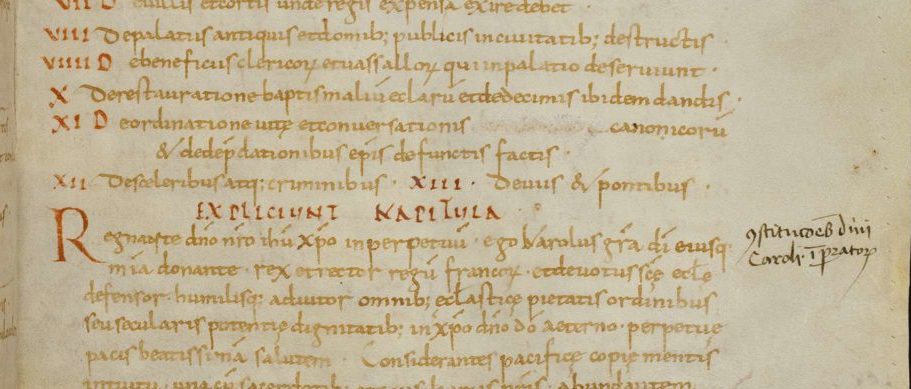
Capitularies
The curious persistence of Frankish law
by Jennifer R. Davis
If we could imagine standing in Rome around the year 500 CE, as the old empire had been gradually replaced by new kingdoms, we would see a world in transition. Decades of innovative research has demonstrated that rather than an era of collapse, the period of the end of the Roman Empire was a time of creative ferment, particularly in the areas of cultural and religious expression. Someone in the city of Rome itself would have lived in a society shaped both by the still flourishing eastern empire, what would become the world of Byzantium, and the new power on the ground in Italy, the Ostrogothic kingdom, ruled with clear deference to the only emperor left, the one in Constantinople. This was a new world, but one with clear Roman continuities.
In the year 500, this Italian society would likely have seemed to be the world of the future, a reflection of the strength of the Ostrogothic kingdom, arguably the most powerful and sophisticated of all the post-Roman kingdoms. Yet the real power of the future was far to the north. The Franks, a Germanic confederation, had emerged into the historical record somewhat later than some of their fellow newcomers to the Roman world, and they played less of a role in the drama of the end of Roman power. But in the years around 500, under Clovis, one of the defining kings of the early Middle Ages, Frankish power was taking shape. In time, the Franks would come to rule most of Western Europe, reviving the imperial title with the Christmas Day coronation of Charlemagne, in 800 CE, copying much of what we know of the Latin classics, and giving Europe the rough contours it retains to this day.
There are numerous reasons why the Franks followed a trajectory that differed from the other successor kingdoms in the West—for one, their use of law. The early Middle Ages was a period of extensive and important legal change. Most of the successor kingdoms produced their own law codes, the so-called leges nationum (laws of the nations), though the ethnic character of these laws is a complex issue. The period also saw the emergence of canon law collections and of other forms of ecclesiastical legislation, such as episcopal capitularies (statutes produced by bishops). The Franks participated in these developments, but they also produced a form of law known as the capitularies, laws predominantly subdivided into chapters, usually produced by Frankish kings. This unique form of law was one of the key tools the Frankish kings used to rule their increasingly expansive territories. They were thus not simply political productions; they addressed a plethora of topics beyond the scope of secular law: from the distribution of justice to the assigning of penance, from the mustering of the army to admonitions about the cultivation of Christian virtues and additional facets of life in the Frankish kingdoms.
One of the most notable features of this kind of law was its dissemination. Capitularies were typically produced at courts (despite some dissent about this point), and they articulated ways of achieving the goals, values, and plans of kings and their advisers, both lay and ecclesiastic. Yet despite the importance of these texts for the royal courts that produced them, the courts did not take charge of copying them. Of the roughly 250 surviving codices, a few were written at courts, or for kings. Most, however, were not. They were instead written for particular individuals or institutions who wanted copies for their own purposes. The surviving corpus of capitulary manuscripts thus offers a plethora of evidence for the actual use of law, for how and why various communities living in the orbit of Frankish power chose to take up and adapt laws originally produced by kings.
At the Staatsbibliothek in Berlin, a manuscript written somewhere in the northern parts of the Frankish kingdom during the first half of the ninth century (Theol. Lat. Fol. 355) is comprised of a number of texts, particularly sermons. These include sermons often copied in the Carolingian period, such as those of Caesarius of Arles, and sermons that are less common, such as those of Ephraim the Syrian.¹ The manuscript contains a range of other texts, mostly religious but with some historical excerpts. It also includes a capitulary on monastic life composed at the court of Charlemagne’s son and successor, Louis the Pious.
This monastic legislation produced by Louis’s court during the early years of his reign was part of a concerted effort to reform monastic life. In consultation with his advisers, Louis the Pious sought to legislate and enforce the use of the Rule of St. Benedict in all monasteries in the Carolingian world. The Rule of St. Benedict is a guide for communal monastic practice, composed in sixth-century Italy, though derived, in part, from earlier monastic writings. Partly influenced by the advice of Anglo-Saxons who served as religious advisers to the Carolingian rulers, significant segments of Frankish society came to believe in the superiority of the Rule of St. Benedict as a guide for the monastic life. Louis the Pious went further than any of the other Carolingians in attempting to define a model of ideal monastic practice for his empire, one founded on the Rule of St. Benedict. While this monastic reform movement was supported by much of the imperial court, it was not welcomed everywhere.
At this point in the early ninth century, Carolingian monasteries organized themselves in a range of ways: some followed the Rule of St. Benedict, some followed other rules, some followed customs of their own devising, or a combination thereof. Some monasteries followed no rule at all. But the organization of monasteries was not solely a religious question; it was also a political one. According to Carolingian political thought, kings held an office, for which they would answer to God. Protecting religious life was one of the primary duties of kingship; thus any good king had to pay attention to the state of monastic life. Moreover, the primary role of monasteries in the Carolingian world was to serve as loci of prayer, as places that concentrated and directed the prayer resources of the empire. The salvation of kings and their kingdoms depended on harnessing this reservoir of prayer.² Monks, as the best prayers, were fundamentally important in the Carolingian world. To ensure the most rigorous and effective form of monastic life, Louis the Pious and his advisers set about trying to legislate how that process should work. Their efforts were deeply contested, including by influential abbots and aristocrats not convinced of the value of the Rule of St. Benedict. In the end, however, Louis’s reform was implemented, and Benedictine monasticism became the standard form of monastic life in the West for centuries.
The capitulary in Theol. Lat. Fol. 355 was thus a controversial and contested text. The choice to copy it in this manuscript illuminates the reception of Louis’s reforms throughout the empire. The religious reforms of the Carolingian kings articulated first by courts could only be effective if taken up locally. The inclusion of this monastic legislation alongside a range of religious texts reflects an understanding propagated by Carolingian reformers that monasticism was integral to religious life more broadly, and that interest in preaching and other theological issues combined easily with an interest in monastic life. This manuscript, virtually contemporary with Louis’s controversial effort to enforce the Rule of St. Benedict, shows us some of how ninth-century communities began to engage with Louis’s vision of monastic life, a process that would ultimately result in the success of his reforms.
A second manuscript preserved in Berlin takes us beyond the chronological limits of the Merovingian and Carolingian dynasties that actually produced the capitularies. A manuscript known as Savigny 2 is a codex of canon law written in Freising around the middle of the eleventh century; it contains a recension of a different capitulary associated with Louis’s monastic reforms, one of a group of related manuscripts that transmits these texts. The fact that capitularies continued to be copied after the Carolingian dynasty (which ended in the east in 911 and the west in 987) is striking. These laws were associated with a dynasty of kings no longer in power and often include provisions so tied to the nature of the Carolingian empire that it seems difficult to imagine their utility in a post-Carolingian world. Yet many manuscripts from the tenth to twelfth centuries survive, including some very large and important collections.
There are several reasons why these manuscripts continued to include old capitularies. In the case of the Savigny manuscript, the topic of the monastic capitulary is germane to a collection of ecclesiastic law. But what is particularly interesting is that it is included as an independent text added into the canon law collection. That is, the individual chapters of the capitulary are not taken apart and inserted where relevant. Rather, the text as a whole is carefully written out chapter by chapter, as capitularies usually were in the ninth century.
This preservation of the capitulary in its original format tells us something important: in the eleventh-century codex, some capitularies were useful not just for their content, but as coherent, cogent statements on particular issues. The capitulary had value as a discrete text, not just a legislative corpus to be mined for information. This evidences a conscious respect for at least some capitularies as texts into the eleventh century. In a sense, one can read the Savigny manuscript as a statement of the success of capitularies: long after the fall of the Carolingians, in a region joined to the empire by conquest (Charlemagne took over Bavaria in the 780s), capitularies as individual, separate texts still had much to offer compilers. The treatment of this capitulary in the Savigny codex illustrates that scribes from the ninth century to the eleventh continued to find it useful to copy this text as one coherent unit, not just as a source of law but as a compelling textual production.
Some scholars have questioned if the capitularies should be treated as a recognizable legal genre. This manuscript helps support the argument that capitularies were indeed a genre understood as such in the Middle Ages. Those who copied this law more than a century after its composition still thought its structure and textual integrity important and worth preserving, underscoring that the text had value for both its form and its content.
The capitularies are usually left out of most histories of Western law. They were a particular product of an early medieval moment, one in which law was recorded in a format different from the revived Roman law tradition that would shape the future development of European law. Yet, by ignoring them, we overlook a period of legal innovation that has much to tell us about how European society took shape during the early medieval period. Precisely because capitularies were not usually copied at the courts that produced them, we can understand these texts not just as statements of royal aspiration, but as reflections of how different communities sought to make use of them. The particular nature of the corpus of surviving capitulary manuscripts and its extent allows us to see not just how Frankish kings wanted to order their society, but how individuals in the Frankish world actually turned these legal texts into tools for their own purposes—and how they sought to reimagine the world after Rome. □
1 For transmission of Ephraim, and interest
in his work associated with Louis’s monastic
reforms, see David Ganz, “Knowledge of
Ephraim’s Writings in the Merovingian and
Carolingian Age,” Journal of Syriac Studies,
no. 2 (1999) [2010]: pp. 37–46, especially p. 42.
2 I draw here in particular on Majke de
Jong, “Carolingian Monasticism: The Power
of Prayer,” in Rosamond McKitterick (ed.), The
New Cambridge Medieval History II (Cambridge
University Press, 1995), pp. 622–53.
Jennifer R. Davis is Assistant Professor of History at the Catholic University of America and the fall 2016 John P. Birkelund Fellow in the Humanities. Published in The Berlin Journal 30, Fall 2016, pp. 52-55.










